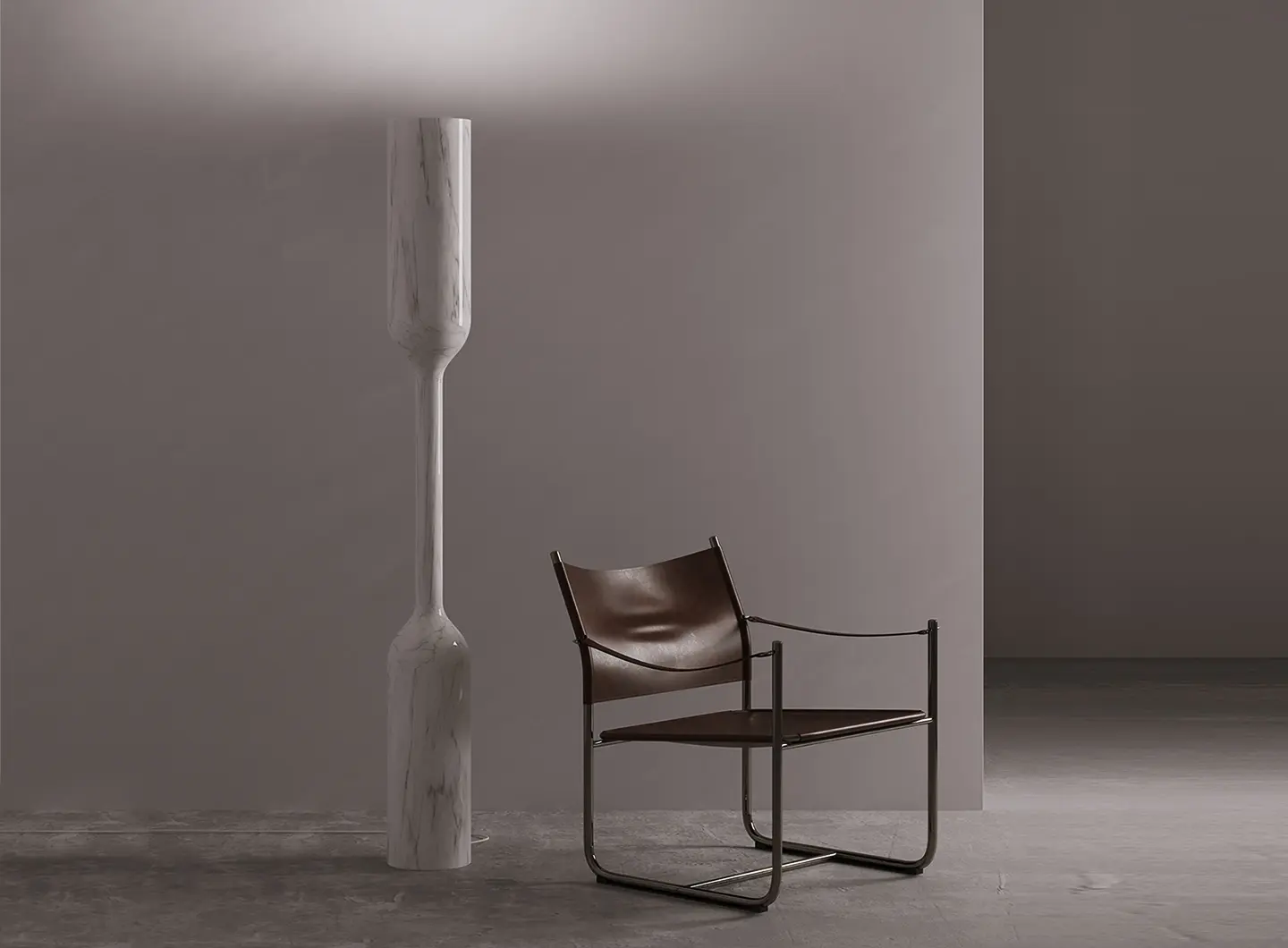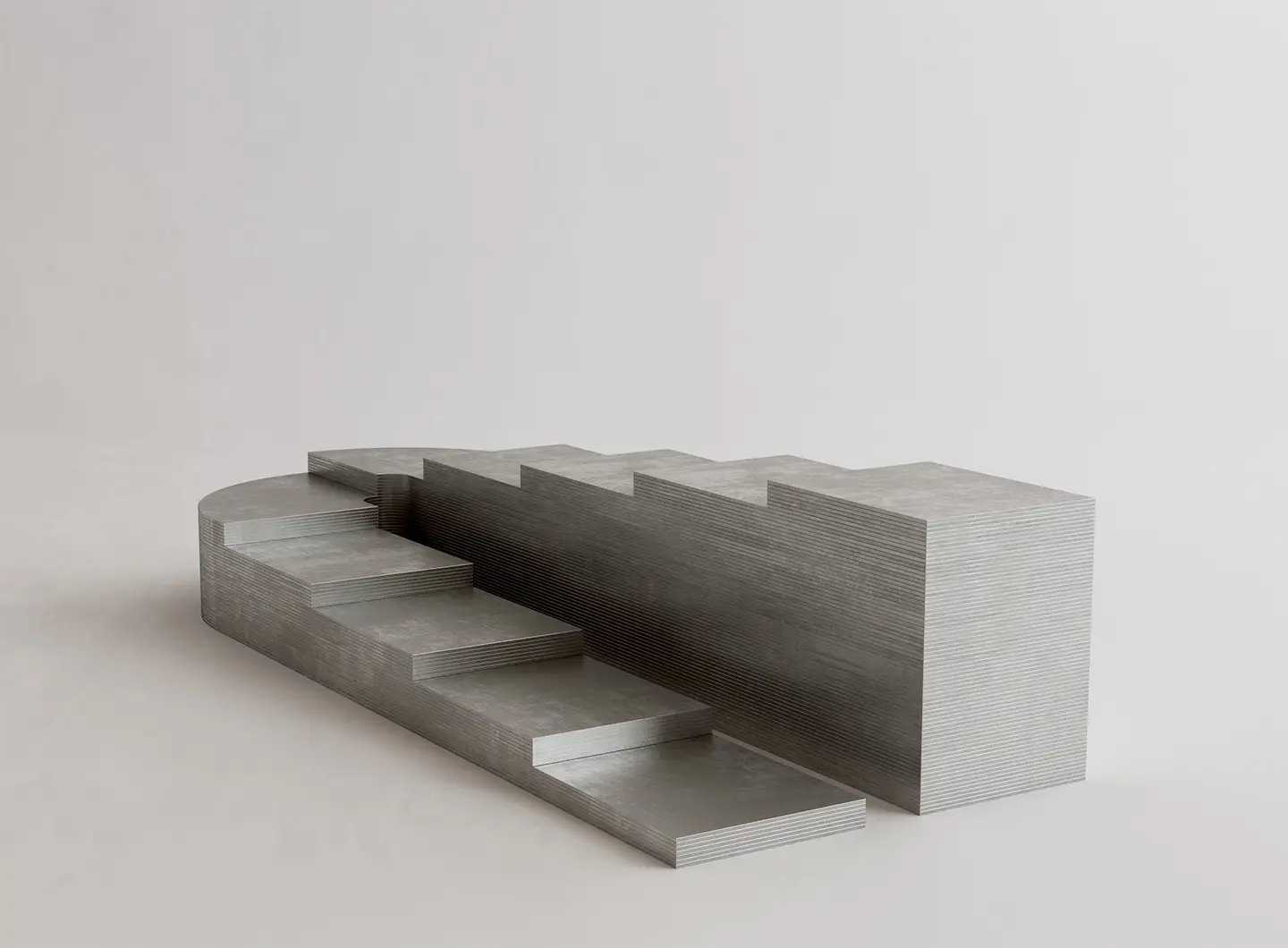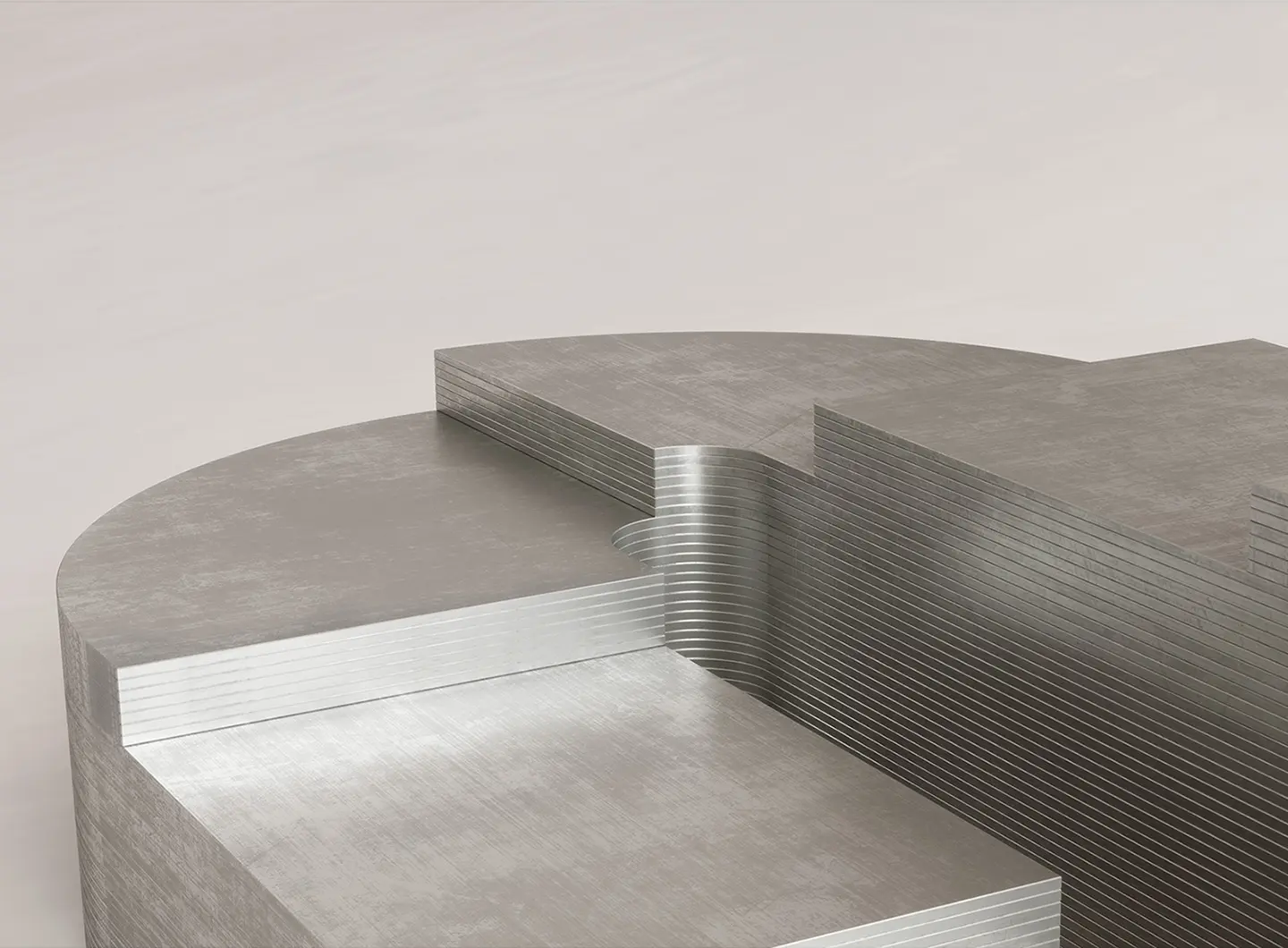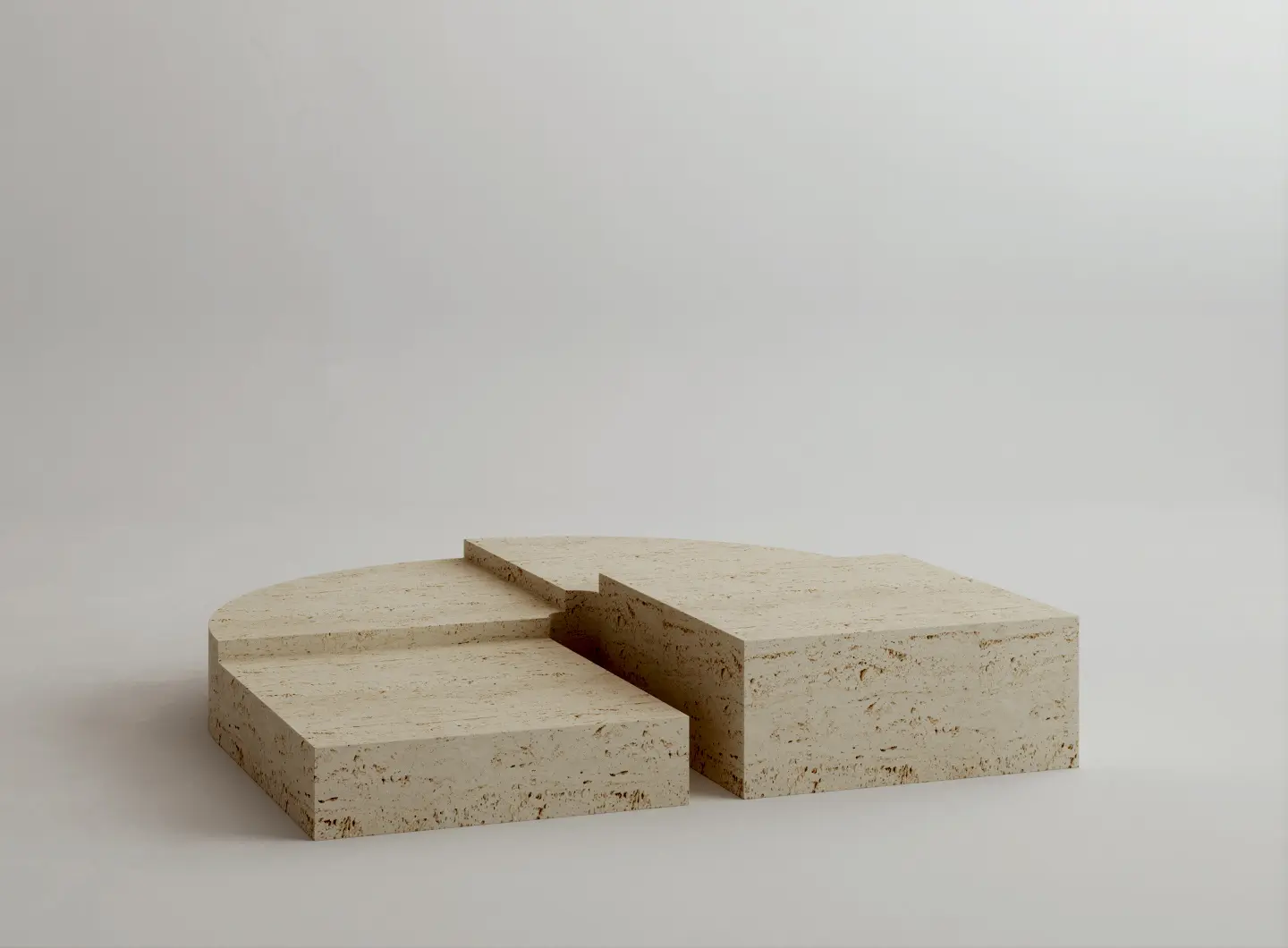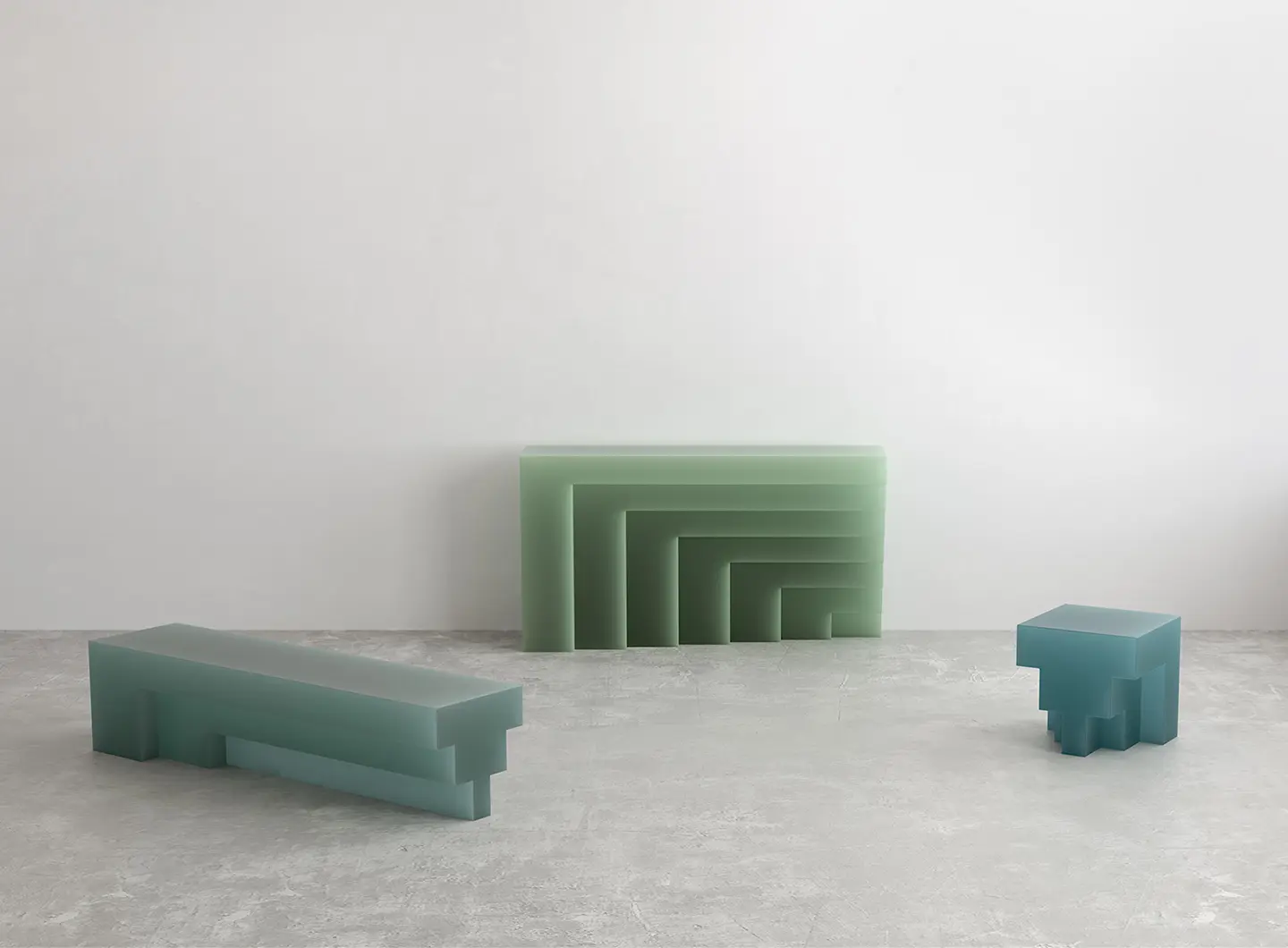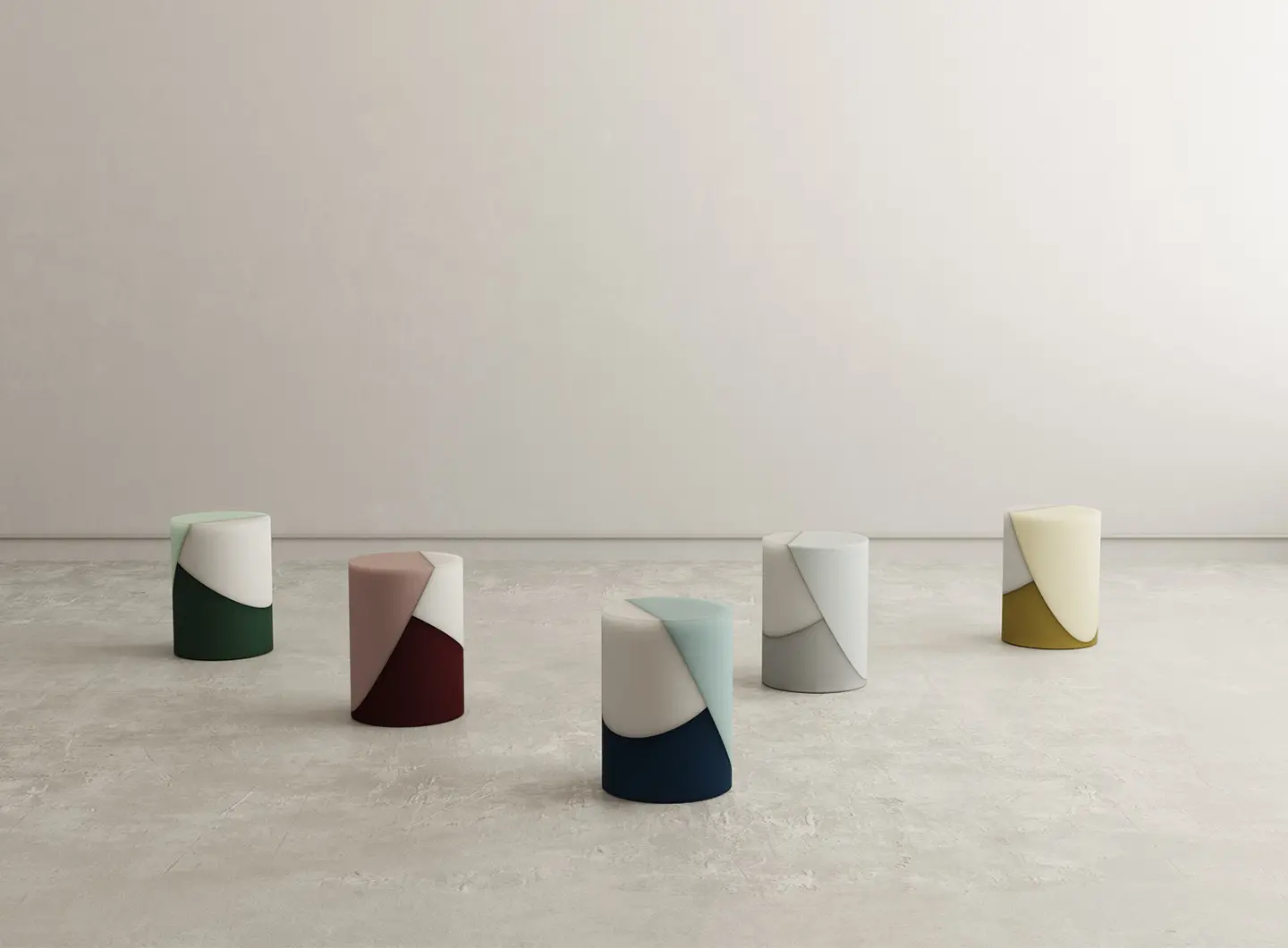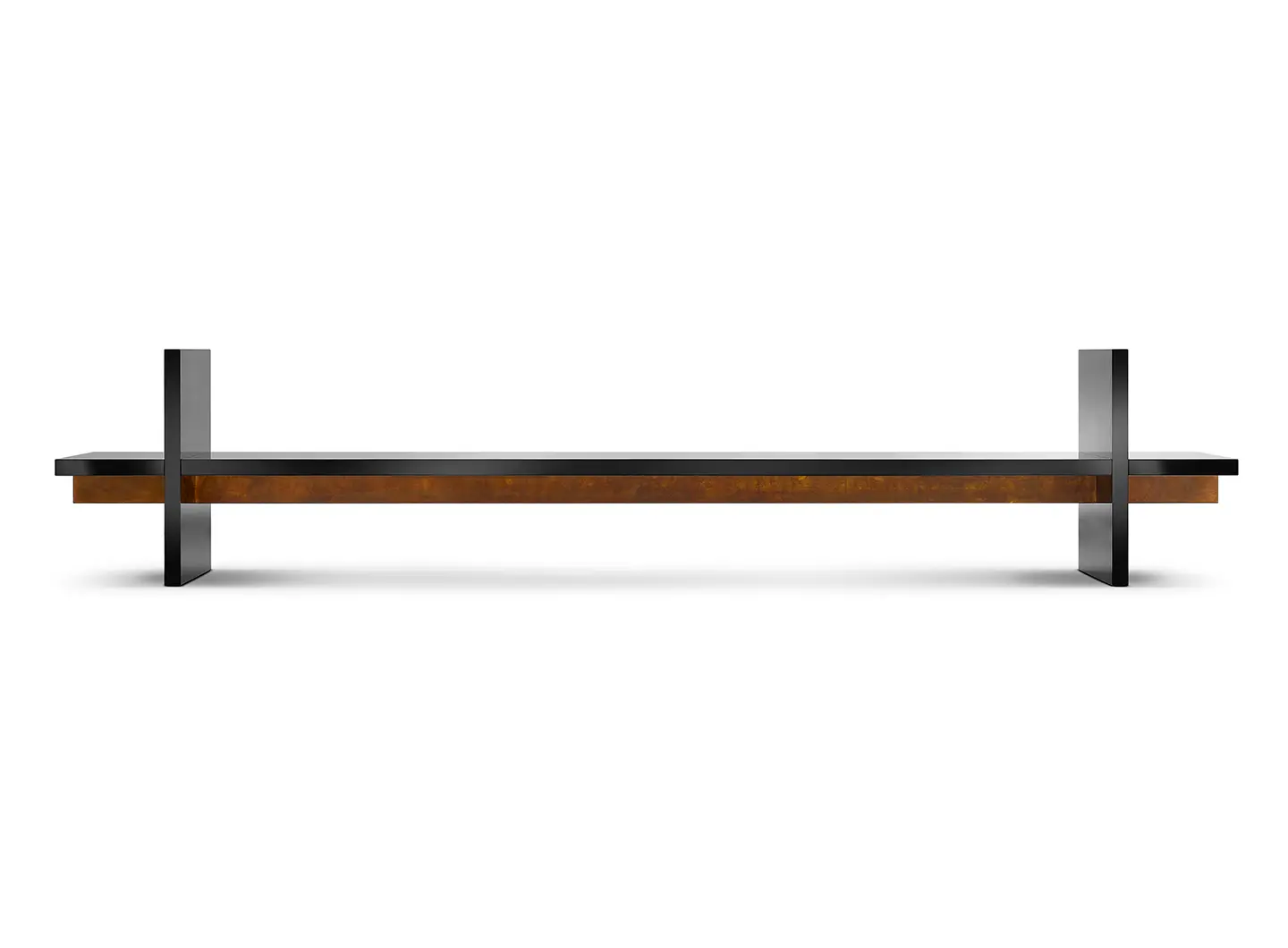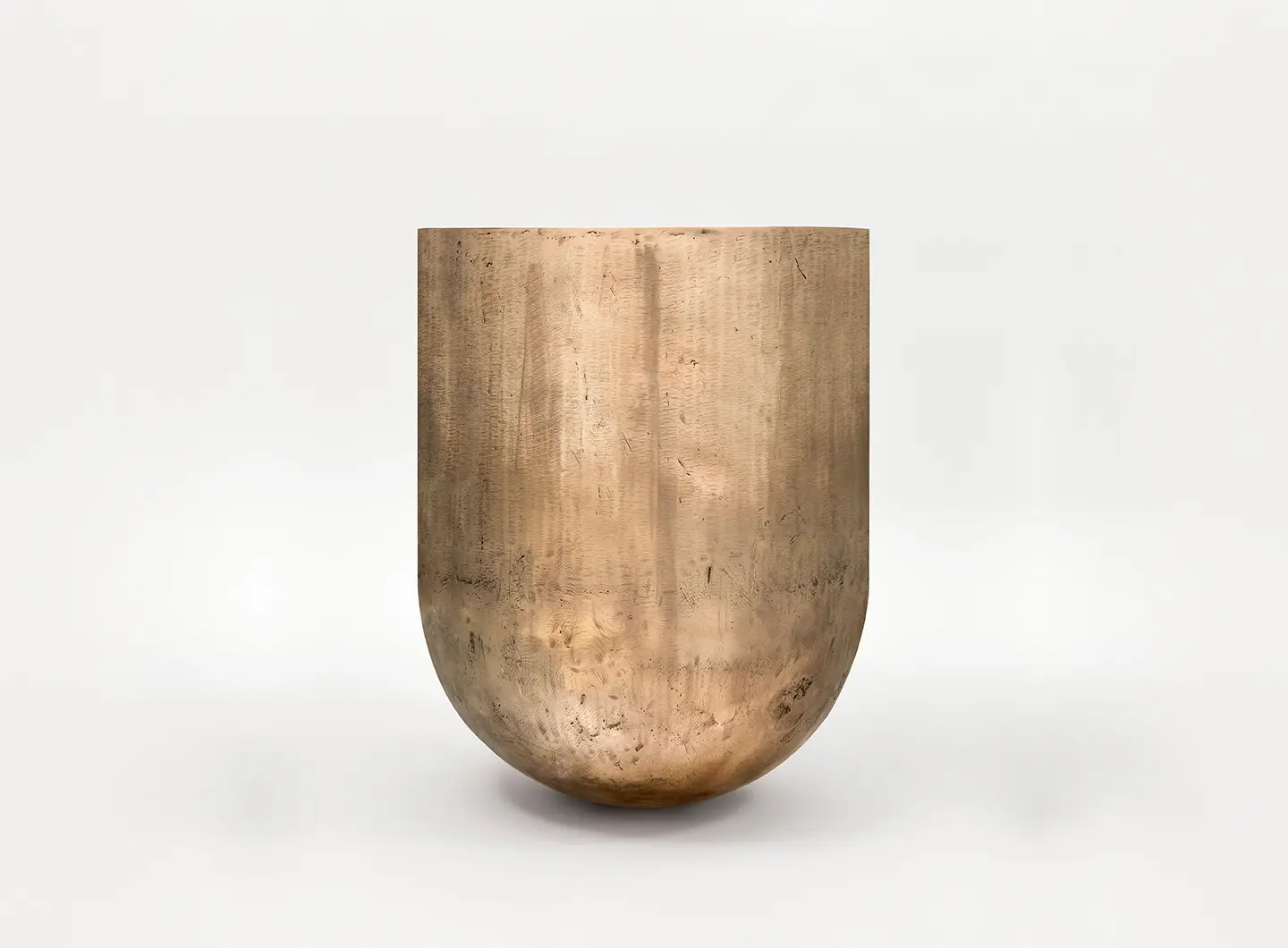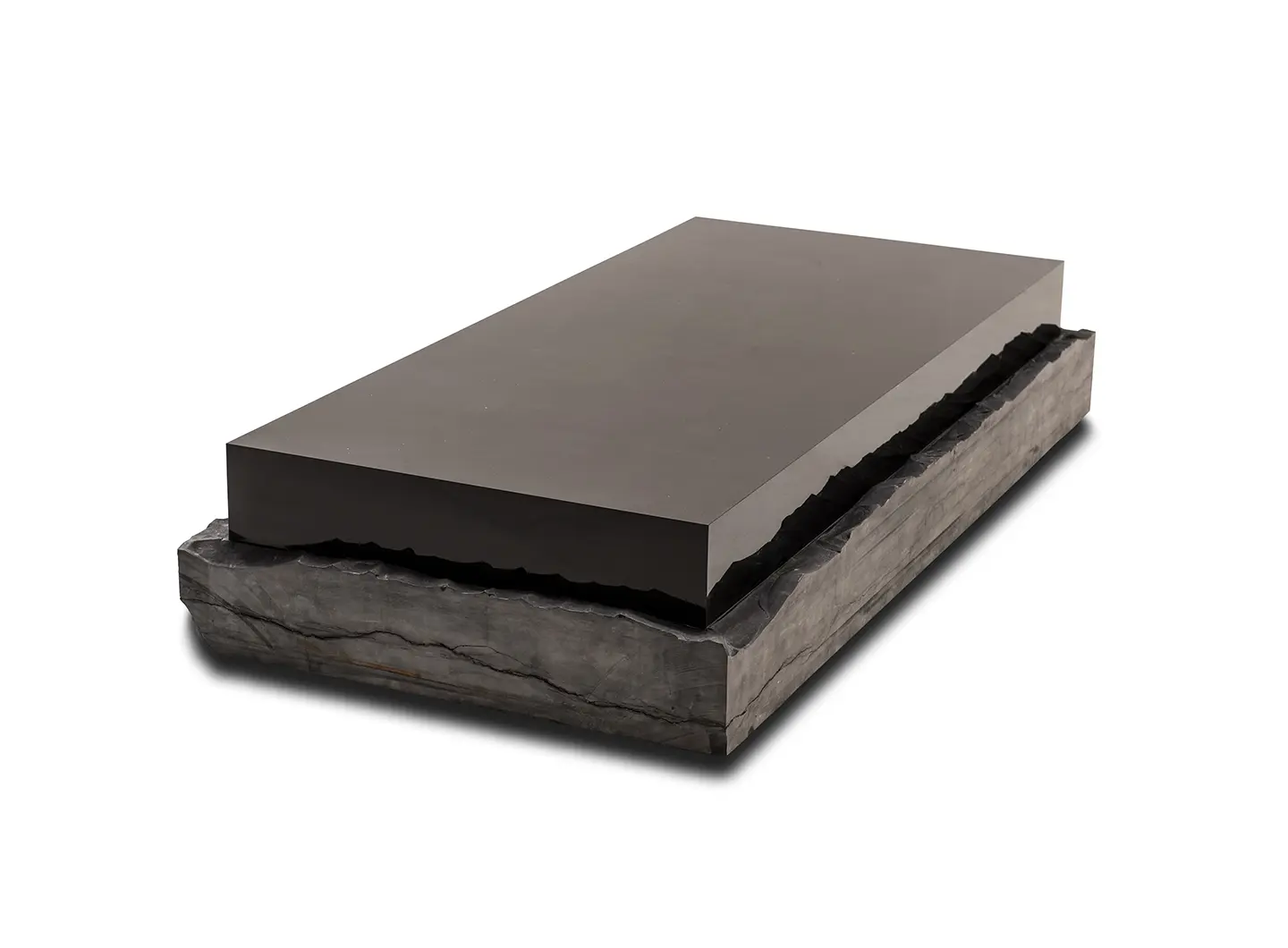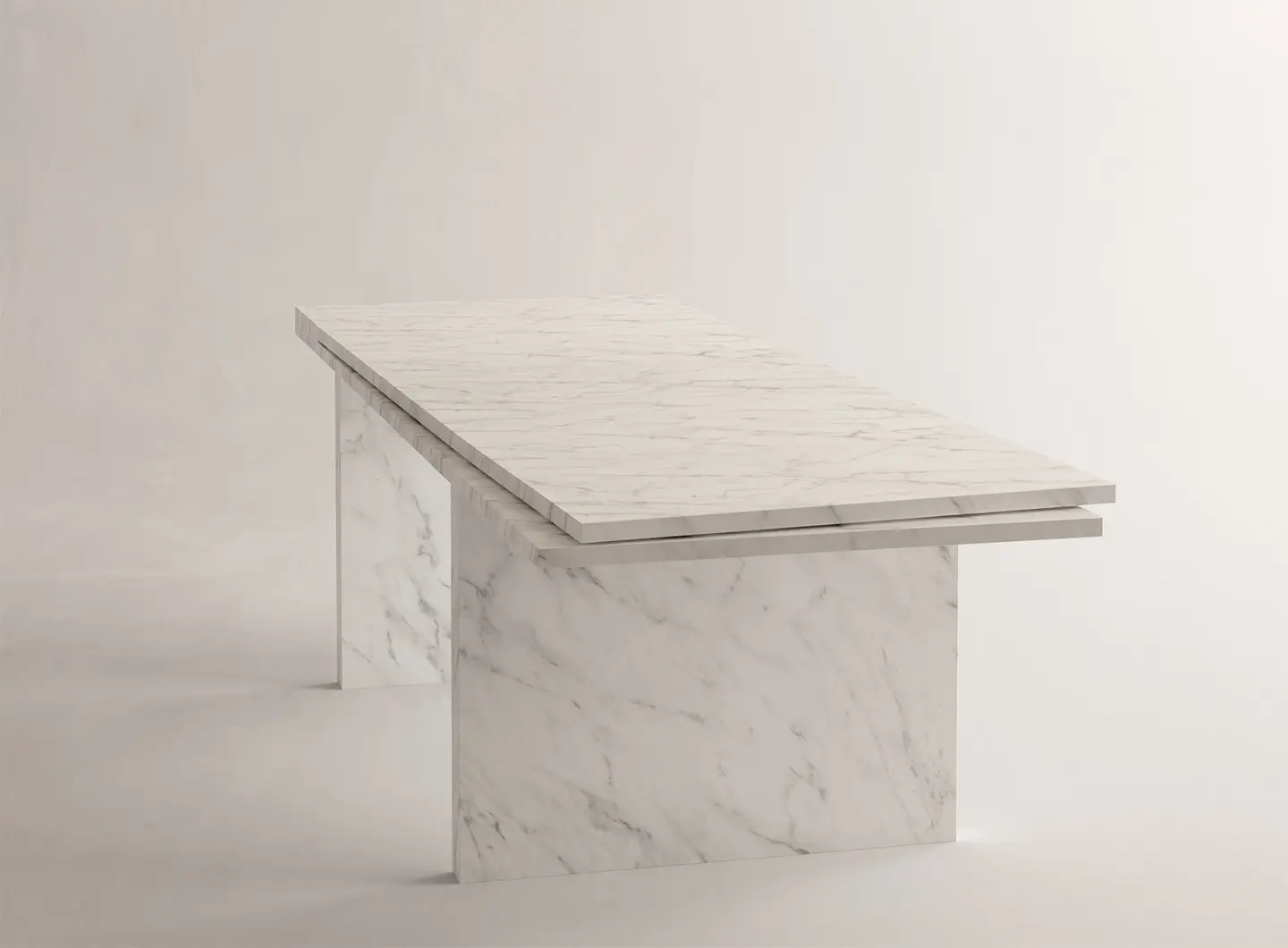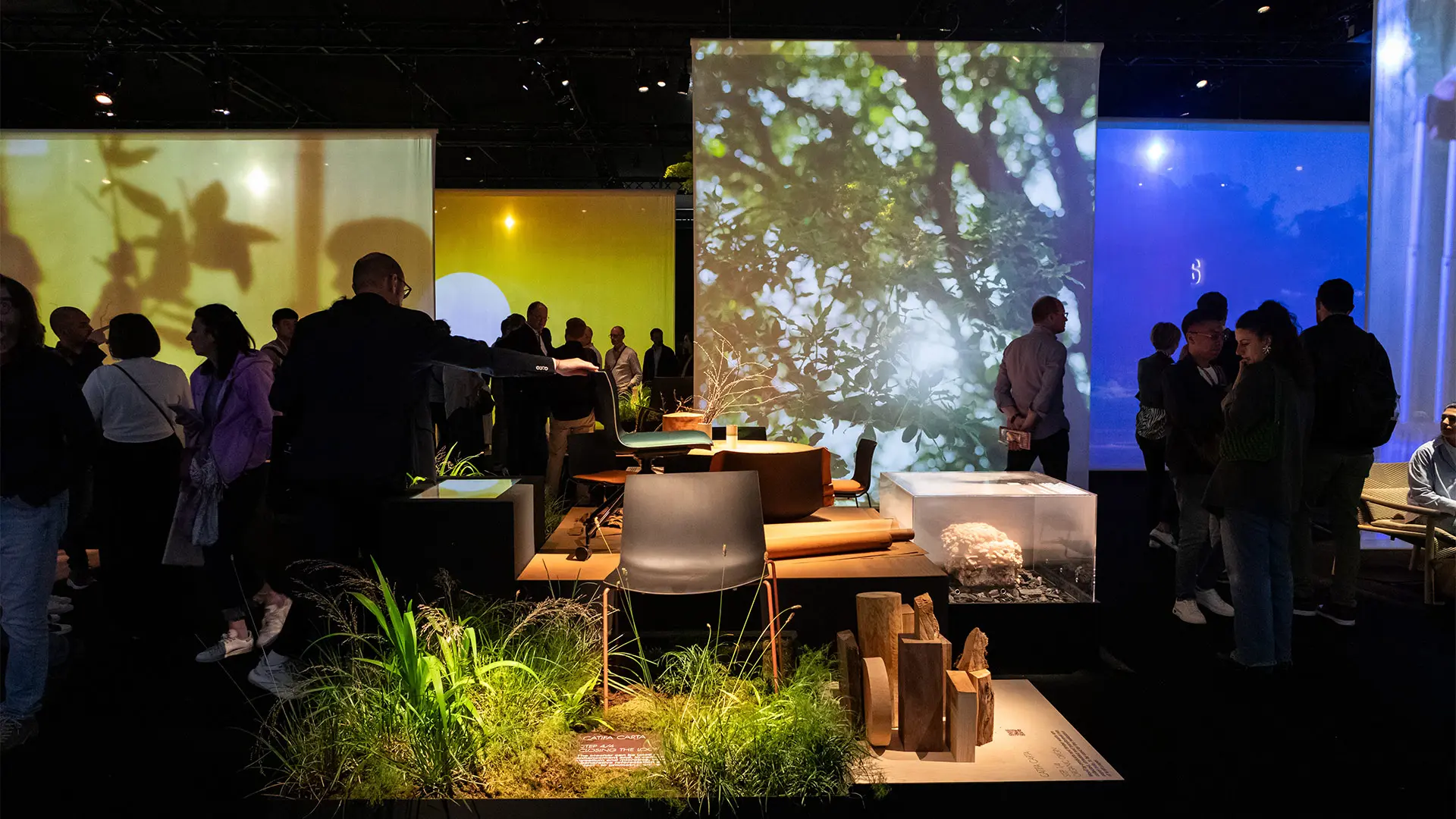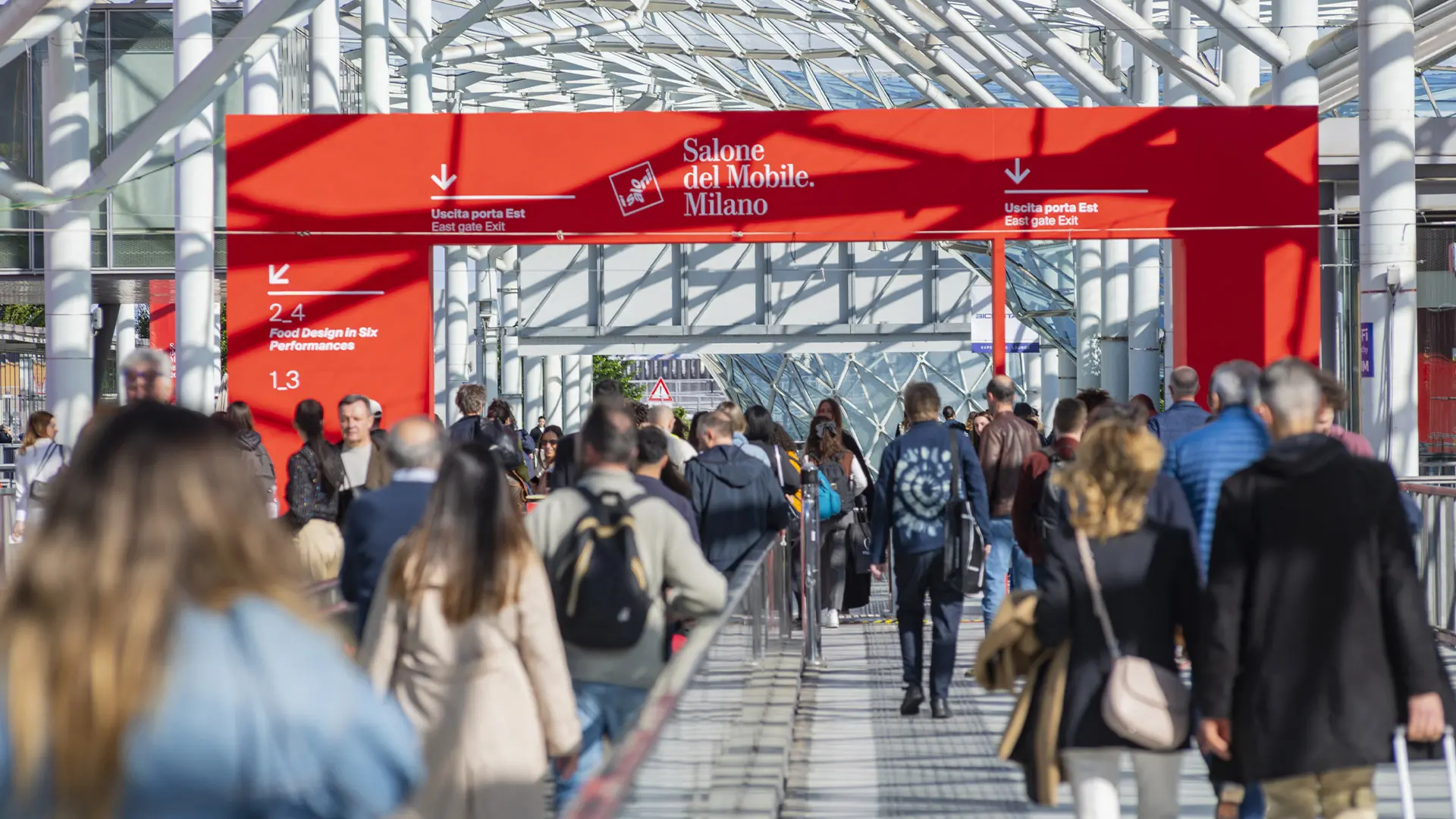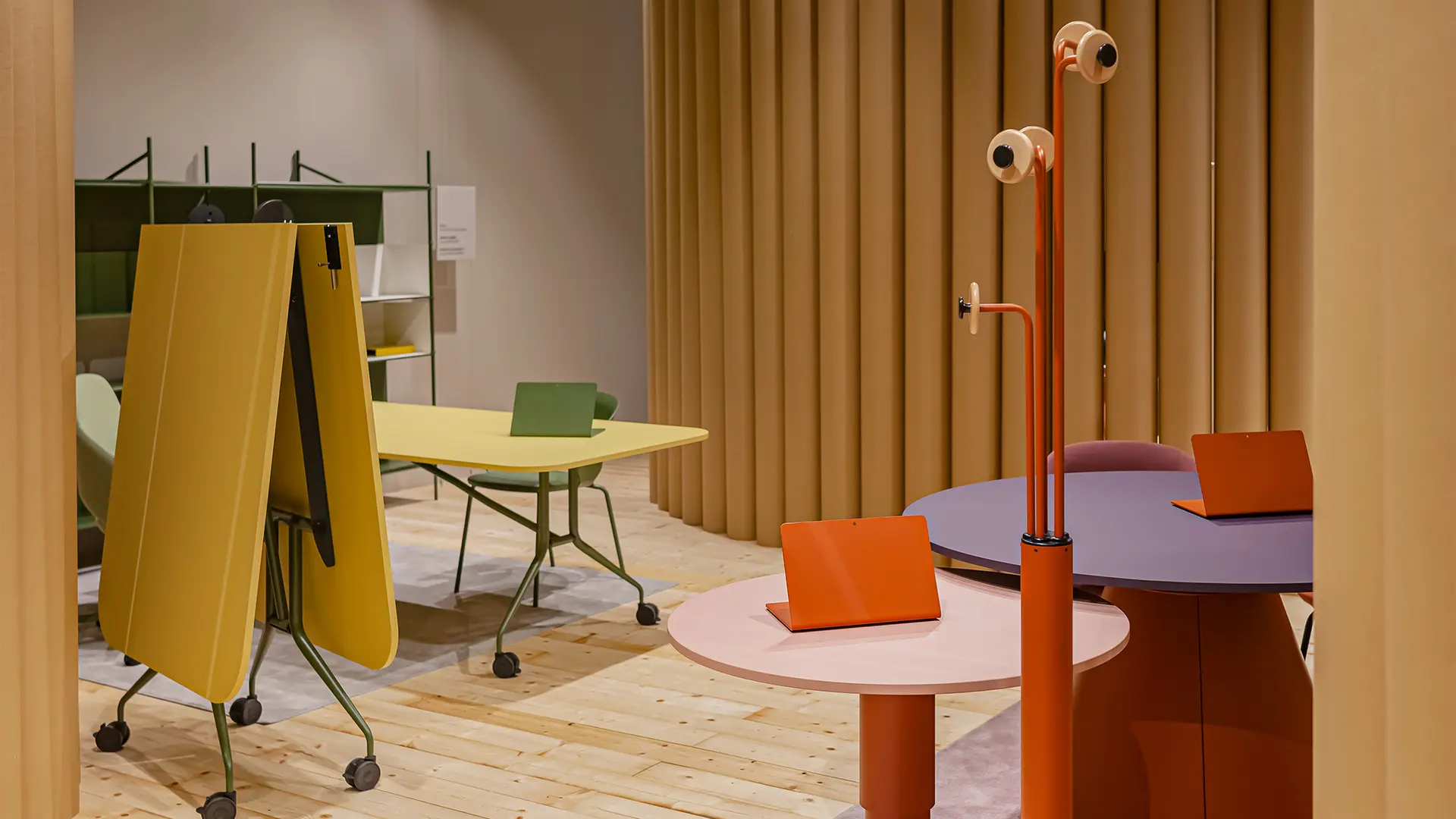Nico Koronis
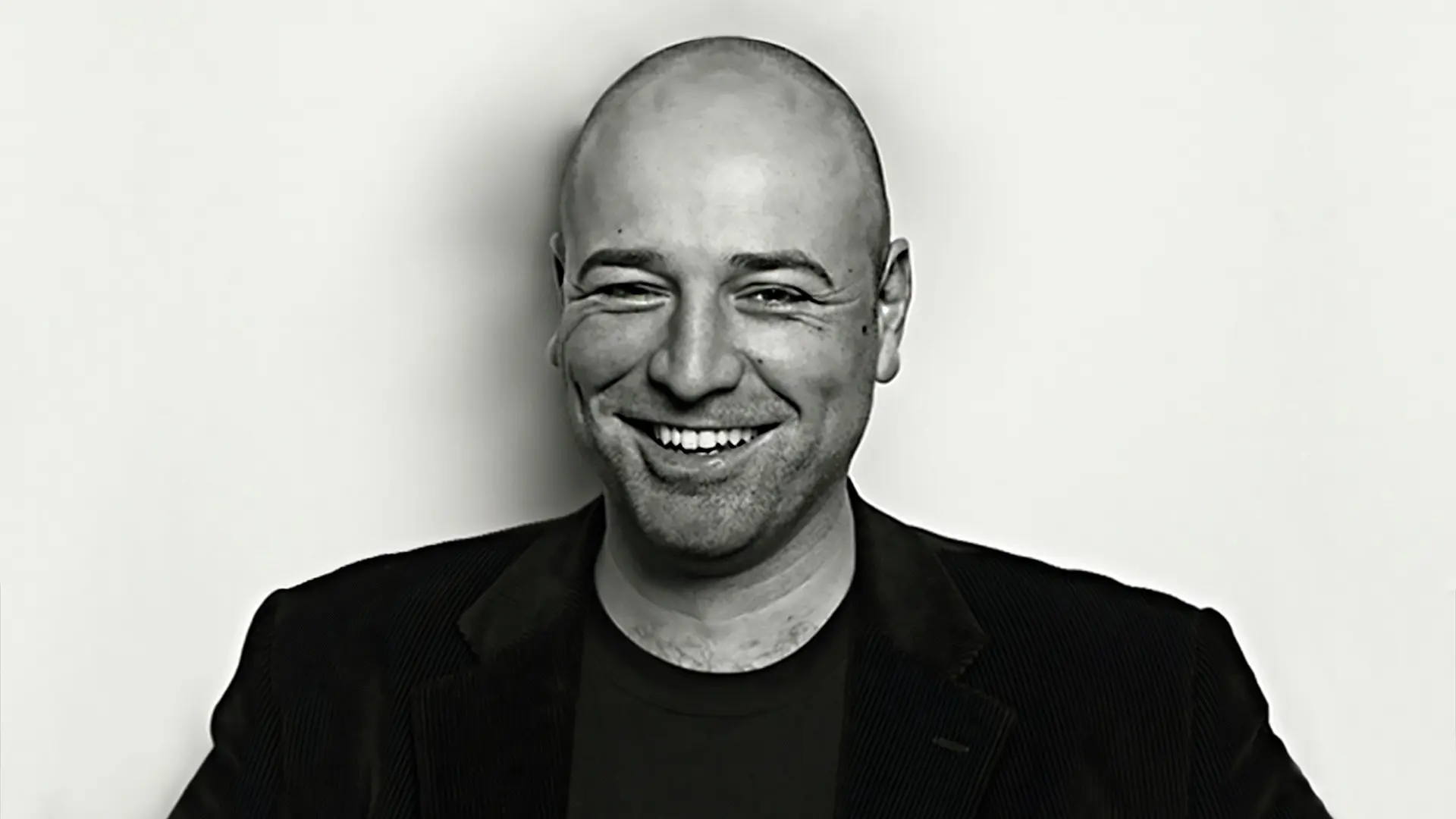
Nico Koronis
Materials are the starting point for his designs: he explores their limitations and strong points to create forms that underscore their simplicity and their endless possibilities.
Niko Koronis is not just an extraordinarily talented designer; he stands as a symbol of what it means to be a “contemporary” designer. First of all, Koronis is a physical manifestation of the breaking down of those geographical barriers that, until just a few years ago, meant that we spoke about French design rather than Italian or German design, Dutch rather than English etc. For designers of Niko’s generation, birthplace (or even place of upbringing) no longer serves to determine what sort of designer one will turn out to be, but rather the events that have marked one’s education, the schools one went to and the teachers one came across. In practical, but especially cultural terms, it is a nomadic generation. Koronis, Greek by birth, studied at the Welsh School of Architecture before going on to take a Masters in Design from the Domus Academy in Milan. As if that weren’t enough, he then returned to the UK and took a PhD from the prestigious AA in London. He has also been a Fellow at Central Saint Martin’s and a researcher at the Alvar Aalto Foundation in Helsinki. A list of titles and places that is not just a ladder of honours but demonstrates the breadth of his interests and the European tenor of his approach. Now settled in Milan, Niko Koronis divides his time between teaching at the NABA and carrying out research in the field of design (sometimes in conjunction with the Lebanese plastic artist Rania Sarakbi). This has led him to forsake the “safe havens” of form and to abhor those banal objects so beloved of marketing directors in order to focus on self-expressive volumes in which what counts is the subtle play of the proportions, the distinctive “simplicity” or rather the richness (and this is not a contradiction in terms!) of the surfaces obtained.
My mother was a painter, my father a civil engineer, so it seemed entirely natural for me to want to become an architect. I was very lucky because, as soon as I finished school, I was able to go to the UK to study architecture. It was the magic era of Cool Britannia, a period of phenomenal growth, both quantitatively and qualitatively. Then, in the late Nineties, I got a chance to spend two years in Milan: that’s where my relationship with design began. It was a fantastic time, Milan was then the undisputed epicentre of design. Finally, around ten years ago, I came back to Milan for good. I started to teach design and set up my studio. I now think of Milan as home.
Greece has been a somewhat weak presence on the design stage. Although there have been some interesting Modernist architects and some gifted graphic artists, product design is practically non-existent. The reasons are mainly historic, but they’re also financial and political. The first consequence of the lack of any real industrial manufacturing has been that design is not seen as a plausible source of investment, both in strictly industrial terms and as regards training. Now things are beginning to change for the better at last. First of all, the end output of design is changing – while design during the last century mainly concerned large quantities of industrially produced objects, truly cutting edge design these days takes “handmade” and limited edition products much more seriously. Also, thanks to recent developments (technological, social and economic), design is no longer simply restricted to objects, it also applies to systems and services, areas in which the role of industry can still be important but is certainly no longer fundamental. Greece is finally beginning to emerge from this lengthy and traumatic crisis which, let’s be clear, has not only hit the country at economic level. Fertile ground for the design scene is now being laid, and we will certainly see the results over the next few years.
First of all, I don’t entirely agree with the term “art design” (but that involves too lengthy a discussion). Design means a lot of different things these days. It’s become an overarching term, encompassing different and interconnected forms of expression and thought. When I came to Milan in the ‘90s, design was (mainly) synonymous with industrial production geared to an untenable pattern of consumption, although we didn’t realise this at the time. The obvious collapse of this pattern forced designers to evaluate different aspects and new channels for design. Equally, the type of development (or non-development) that characterised the last ten years has made comparison with traditional “design companies” more problematic.
I believe all materials have a story to tell. They are stories that, if you listen patiently and with an open mind, can help us break down the barriers of superfluous formalism. That doesn’t mean, however, that the form of the objects is no longer important. Quite the reverse. The end products of design will first and foremost and always, be perceived and registered visually. However, these days we’re constantly being bombarded with a huge amount of visual content, to the point that we can no longer process it properly. The ubiquitous presence of stimuli runs the risk of making them insignificant. That’s why, whenever I can, I start designing by simply thinking about the characteristics and limitations of a particular material, and that way not only does the entire design process become more meaningful, it can also produce unexpected aesthetic results. The NRT I table, for example, was a case in point. Sculpted from a single block of black Belgian marble, its final look was all down to the properties of the material and the manufacturing processes involved. This particular kind of marble actually has the singular characteristic of changing from grey to an incredible shiny black when polished.
Probably the most interesting aspect of teaching design is its constant and now extremely rapid evolution. The most momentous chapters in 20th century design were always bound up with these changes and to the challenges they threw up. Now we’re beginning to realise that challenges are coming along thicker and faster than ever: future designers will have to work towards coming up with new ways of effectively tackling them. Providing the right tools to try and achieve this objective is what teaching design means to me today. Fifty years ago, Kurt Vonnegut said that the role of artists in society was similar to that of canaries in a coal mine. I’d like to think that contemporary designers can be “canaries” just as artists were then.
I’ve always been fascinated by the Modern Movement, both its theoretical and its practical aspects – from Loos and Van Doesburg to Mies and Aalto. I think it was an incredibly exciting “project,” but alas we never got to see its final epiphany. But since design is in constant evolution, there are many other people, not just designers and architects, but also artists and writers who have played a significant part in shaping our discipline. Take the Radicals in the ‘60s and the Post-Modernists in the ‘80s. That makes it almost impossible to pick out just “a few” masters. I also think it’s very important to bear in mind that the acknowledged masters only played a (small) part in the lengthy history of design. There are many other unsung heroes (Victor Papanek is a very good example), who have finally only recently been given the credit they deserve and the attention they merit. We still have a great deal to learn from them.


